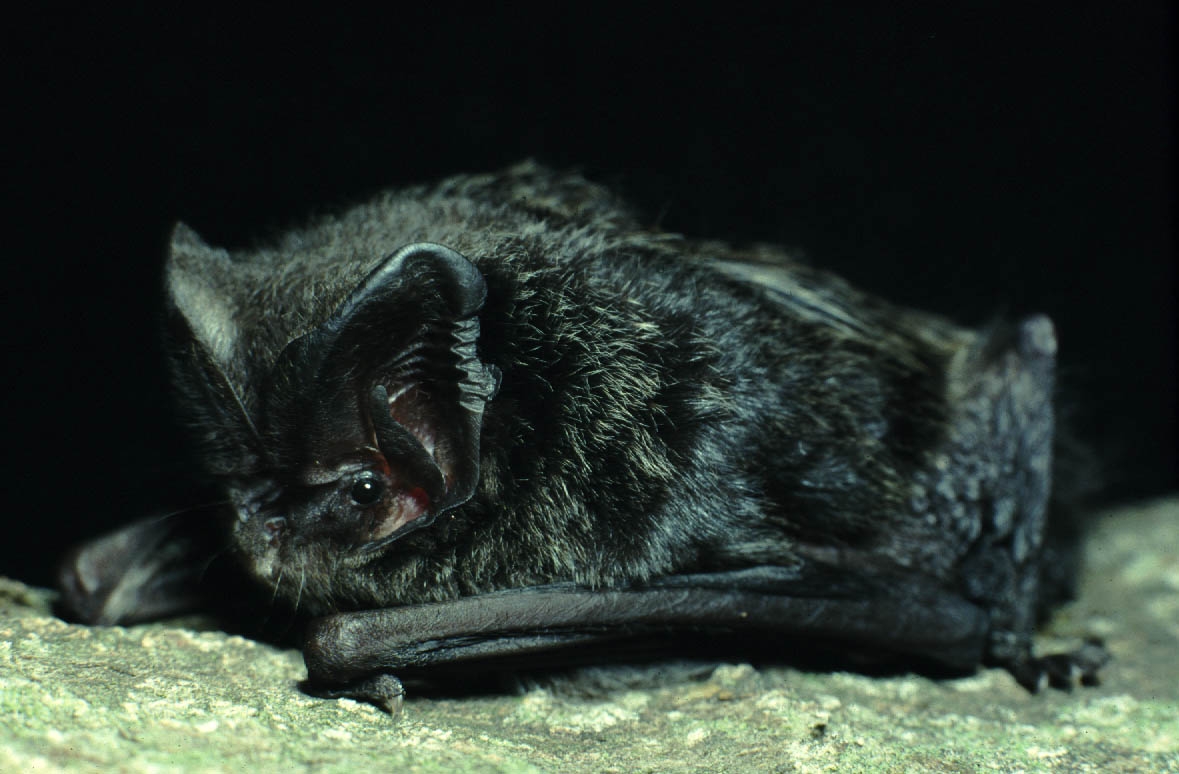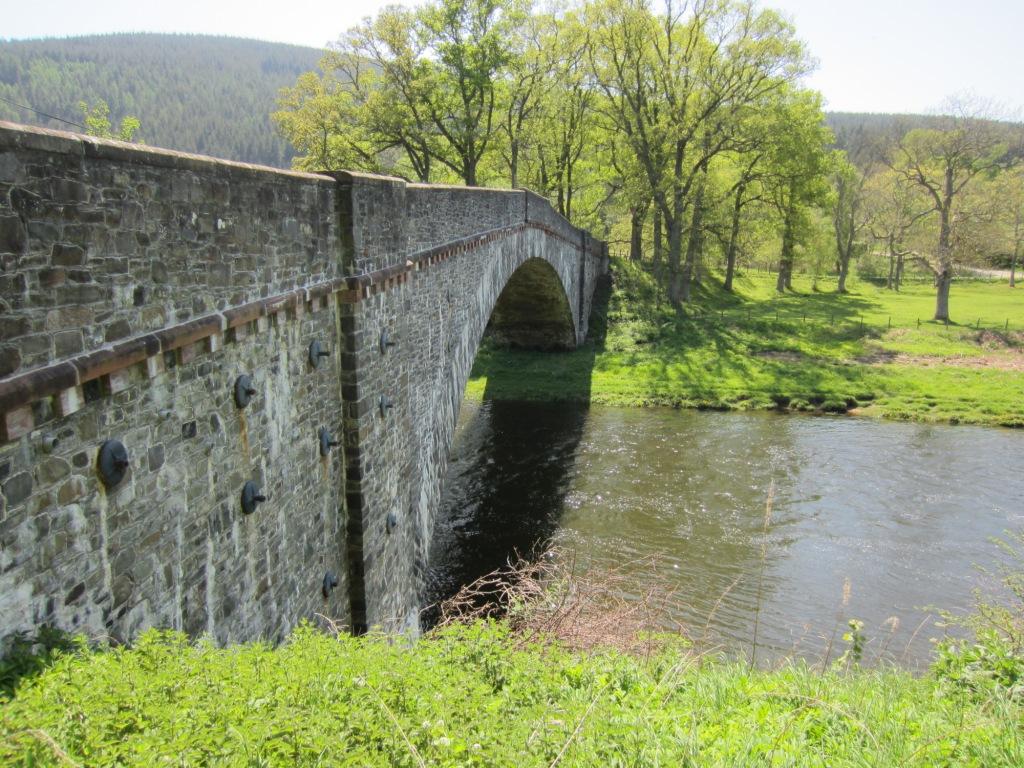

Frequently Asked Questions
These are questions we are often asked - if you have others, please don't hesitate to get in touch - we don't bite.
What is a protected species and will it stop me from getting my planning permission?
Protected species are plants or animals protected by international or national legislation because of their conservation value. The protection can cover the places animals use for shelter (such as a building used by bats) as well as the animals themselves and may include protection from disturbance. The presence of protected species rarely prevents development taking place. However, protected species must be taken into consideration in the determination of a planning application, so ecological surveys and a mitigation strategy to ensure that no harm comes to such species, may be required prior to your application being validated.
What is a protected species survey?
Protected species surveys typically involve a two-stage process of firstly assessing habitat suitability for a particular species which is protected by law; and then secondly actually looking for those species using specialist survey techniques. The first stage usually involves a site visit and can be conducted at any time of year. The second stage may require a number of repeat visits (species dependent) and is more often constrained to periods of seasonal activity (e.g. May to August for bats - when they are active and not hibernating). The purpose of the second stage is usually to identify whether protected species are actually present or not and if present, to make some kind of population estimate. With this information it is then possible to assess what the impacts of a particular development will be and to design appropriate mitigation to avoid or minimise impacts.
Which species are protected?
A number of plant and animal species are protected by law (both European and domestic legislation). Protected animals are more commonly encountered with respect to development and include bats (all species), badger, birds, hazel dormouse, great crested newt, otter, reptiles, water vole and white-clawed crayfish. The protection afforded varies between species and the implications for your development may vary considerably between species. We can advise you on all your protected species issues.
When should I have my protected species surveys undertaken?
Some surveys for protected species (as well as habitat surveys) can only be undertaken at certain times of year (e.g. when animals are active or when plants are growing) and in certain weather conditions. Ask us for details of when certain surveys can be conducted. It is often the case that the potential for protected species to be present can be established at any time of year, so a preliminary ecological appraisal may be needed to enable you to avoid delays from seasonal constraints to ecological survey. This will establish what full surveys you may need, when they can be conducted and what the implications are for your project.
When should I get an ecologist involved?
The ideal time to involve an ecologist is in the earliest stage of your project in the pre-planning phase. That way you will be aware of any ecological issues from the outset enabling informed decisions to be made about project design, timings and budget. This can help you avoid some of the unnecessary 'pitfalls' of encountering biodiversity in the planning process. Whilst we advocate early engagement, we are more than happy to assist at any stage of the process to resolve ecological issues.
I've heard that ecological surveys are costly and time-consuming. How will this affect my project time schedule and budget?
It is true that surveys for protected species often involve a number of repeat visits to establish whether such species are present, so costs can add up. Our rates are extremely competitive and though we follow ecological survey best-practice guidance where applicable, we will use our experience and professional judgement to conduct only the necessary survey effort to inform your planning application. Wherever possible we liaise closely with local authorities to avoid confusion or unnecessary delay. We will advise you of any ecological issues that might affect the delivery of your project at the earliest possible time and work closely with you and your planning team to minimise the impact of those issues.
Can I do my ecological surveys once my planning application has been approved?
Local planning authorities should not grant planning permission unless all relevant ecological surveys have been undertaken as protected species and habitats are a material consideration within the planning process. In the event that ecological surveys are left to a condition after planning has been granted, the presence of protected species could potentially result in you having to change your approved plans and go through the process again.
Who will undertake my ecological survey?
Your survey will be undertaken by a professional ecologist experienced in surveying the relevant habitats or protected species. All our ecologists are members of the Chartered Institute of Ecology and Environmental Management (CIEEM). They will also hold relevant protected species survey licences.
How long is ecological survey information valid for?
As animals frequently move around and change the places they use for shelter, the data from ecological surveys for mobile species is generally considered to be valid for about 12 months. This figure may be different for some species or habitats, but this should be confirmed by a professional ecologist. If you have ecological data that is 'out-of-date', you may just need a 'top-up' level of survey depending on the circumstances.
Once I have my planning permission, is that all I need to consider with respect to protected species?
Not necessarily. If protected species have been identified on your development site, it is likely a mitigation strategy will be required as part of your planning application, and is likely to form a 'condition' of any approval. Therefore, some ecology related works may be required to enable that condition to be discharged. Importantly, in some instances a European Protected Species licence may be required to allow your development to proceed lawfully and this licence will need to be obtained once you have your planning permission, but before you can start works.
Licence applications can in some cases require additional survey and can take up to 2 months to issue (but see information about BLICL below). Therefore, project planning where European Protected Species are involved can be crucial to saving time and money.
What is the Bat Low Impact Class Licence (BLICL) and could it help you?
BLICL has been recently introduced by Natural England to reduce the lead-in and processing time and complexity of licence applications in situations where there is a genuinely low impact on bat populations. This may often be the case where bats are present in houses or outbuildings, provided only less rare species are present, and in low numbers. The criteria however are strict and it can only be utilised by a relatively low number of highly experienced ecologists, who have passed successfully through the Natural England training and assessment to become Registered Consultants under the scheme. Swift Ecology has three Registered Consultants who can assist with projects that meet the BLICL criteria.

FREE DOWNLOAD Bat surveys and planning applications information sheet

BATS IN THE NEWS
Breathable Roofing Membranes - BCT complaint to Advertising Standards Authority upheldWorcestershire conviction for bat crime
Significant conviction for bat crime recorded in Derbyshire

"Swift Ecology provide an excellent service to our clients with both presentation of reports and practical advice on site."
